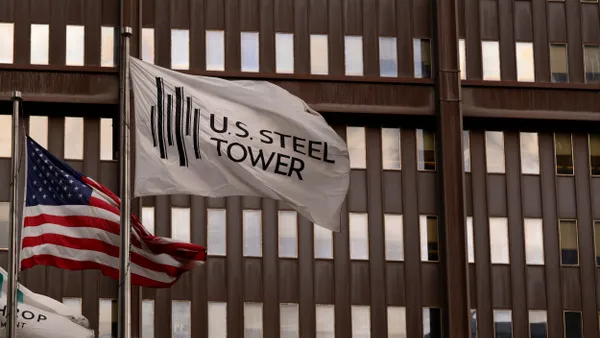The National Labor Relations Board’s joint employer final rule received yet another round of disapproval as the U.S. Senate voted 50-48 Wednesday to strike it down by way of a Congressional Review Act joint resolution.
The effort, notably, was bipartisan. Sen. Bill Cassidy, R-La., ranking member of the Senate Health, Education, Labor, and Pensions (HELP) Committee, led the charge. Sens. Joe Manchin, D-W.Va., Kyrsten Sinema, I-Ariz., and Angus King, I-Maine, joined Republicans in rejecting the rule.
Prior to the Senate’s vote, the House did the same in January. The resolution faces a likely veto by President Joe Biden.
A refresher: What is the joint employer rule?
The NLRB seeks to establish criteria to determine whether, under the National Labor Relations Act, an employee is jointly employed by two or more entities. Namely, the Board’s final rule states that joint employers possess authority to control the essential job terms and conditions of employment, regardless of whether this control is exercised or whether any such control is “direct” or "indirect.”
The final rule, which has been vacated by a federal judge, describes seven categories of essential job terms and conditions of employment. These include:
- Wages, benefits and other compensation.
- Hours of work and scheduling.
- Assignment of duties to be performed.
- Supervision of the performance of duties.
- Work rules and directions governing the manner, means and methods of the performance of duties and the grounds for discipline.
- Tenure of employment, including hiring and discharge.
- Working conditions related to the safety and health of employees.
The beleaguered history of the joint employer rule
The journey to revisit the joint employer rule has been long: the NLRB announced it was looking at a rules update back in December 2021. Even after publication of the final rule, a federal district court twice delayed its effective date: once from December 2023 to the following February, then again to March.
Two days before the rule was set to take effect, the Texas judge overseeing the case vacated the joint employer rule entirely. Judge J. Campbell Barker of the U.S. District Court for the Eastern District of Texas called the NLRB’s standard “contrary to law,” as well as “arbitrary and capricious.”
At the time, the U.S. Chamber of Commerce issued a statement calling Barker’s decision “a major legal victory for American businesses of all sizes.” The organization had been among the litigants that sued to stop the rule.
Suzanne P. Clark, the Chamber’s president and CEO, said in the statement that the decision was a win for those who don’t want to be “micromanaged” by the NLRB and said the organization would “continue to fight back” against the Board.
In turn, NLRB Chairman Lauren McFerran acknowledged in a press release that the last-second decision was “a disappointing setback.”
The fight for the joint employer rule is not over
A presidential assist may help the NLRB joint employer rule become an upheld standard. The CRA resolution is currently headed to the highest office in the land. Noting that workers have the right to “bargain for fair wages and working conditions with every company that directly or indirectly controls their terms and conditions of employment,” the White House Office of Management and Budget said in January that Biden would veto the joint resolution if it passed.
“Too often, companies deny workers this right by hiding behind subcontractors, staffing agencies, and temporary agencies,” OMB said. To table the joint employer rule would “mean lower wages for working families,” it added.
The final rule is not expected to go down without a fight. NLRB appears committed to a broader interpretation of the NLRA’s joint employer regulations, attorneys previously told HR Dive — although, for now, employers continue to be in a “holding pattern.” Following the Senate’s move on Wednesday, that still rings true today.














